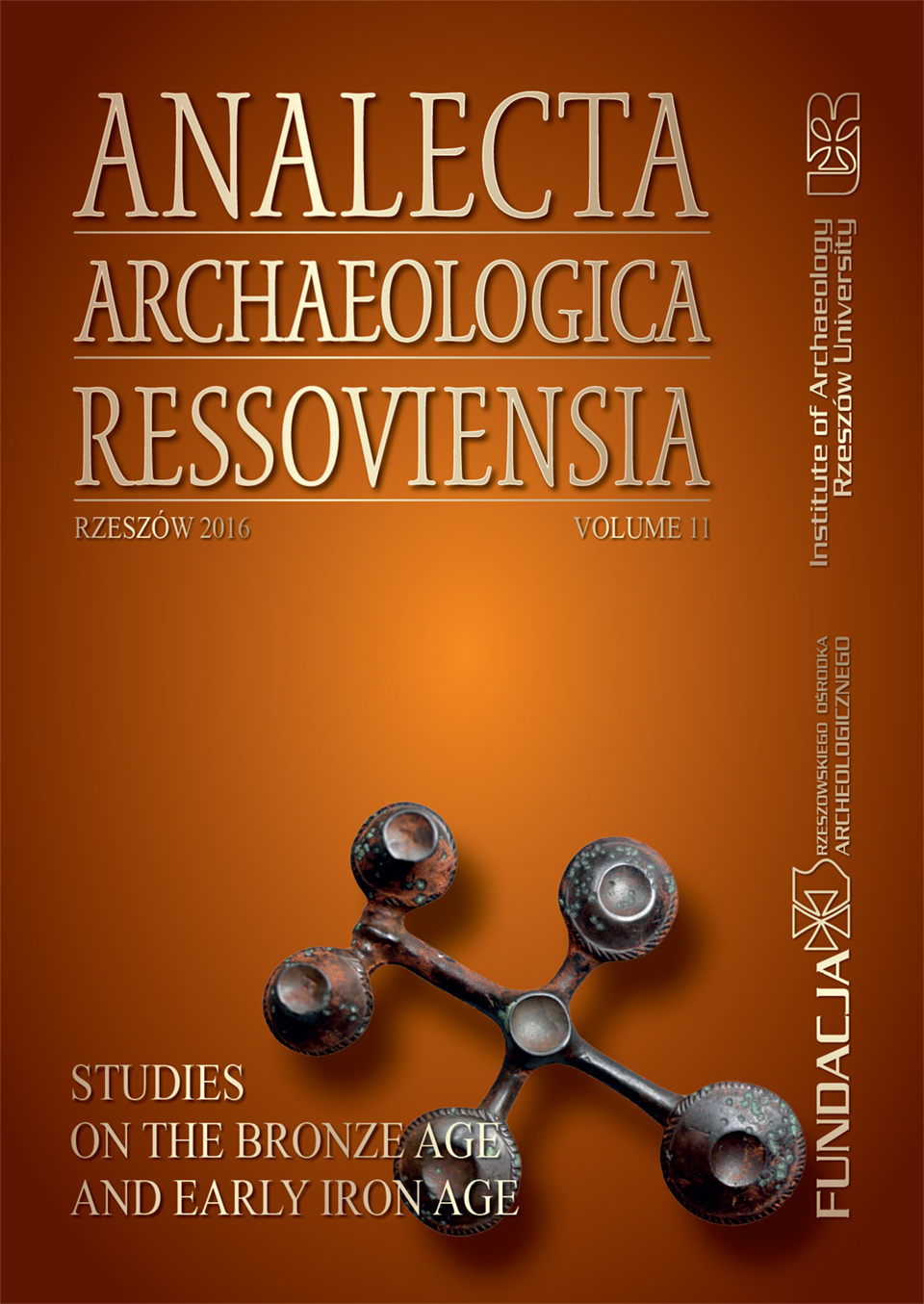Absolute Chronology of the Komarów Culture in the Upper Dniester Basin in Light of Research at the Bukivna Cemetery
DOI:
https://doi.org/10.15584/anarres.2016.11.7Keywords:
Barrow, seriation, correspondence analysis, sequence of monuments, radiocarbon determinations, Komarów cultureAbstract
The purpose of this article is to specify the absolute chronology of the Komarów culture in the Upper Dniester basin on the basis of the analysis of research results concerning barrows in Bukivna, Ivano-Frankivsk region. Statistical methods – seriation and correspondence analysis – have been used for this purpose. Thanks to the capabilities of Oxcal v. 4.2.5 calibration program, a series of radiocarbon dates for six barrows was interpreted. The sequence (succession) of construction of the excavated mounds and the time periods in which they were built were determined. Within the first group of monuments they were erected every few dozens of years. The construction period in this group can be estimated (95.4%) for a maximum of 275 years (1826–1551 BC) and with a high probability (68.2%) for 132 years (1756–1624 BC). On the basis of the findings of the Bukivna necropolis, it is to be expected that the Komarów culture community of the Upper Dniester buried their dead in the mounds for 200–300 years, i.e. for a shorter period of time than it was previously assumed.

